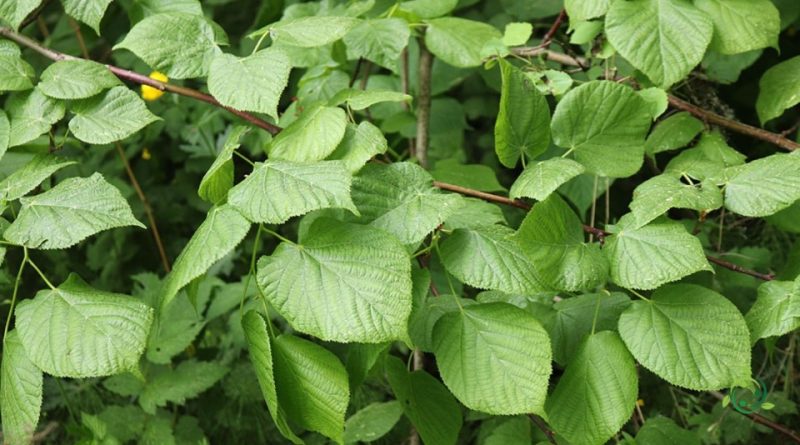Reproduction of the large-leaved lime
Reproduction of the large-leaved lime
The large-leaved lime or large-leaved linden (Tilia platyphyllos Scop.) is a tree of the Malvaceae family, present in Europe and western Asia.
Suitable breeding habitat –
The large-leaved lime is a plant that grows in a vast area that goes from Europe, especially from central to southern, reaching western Asia.
In Europe it is present from Great Britain and from Belgium to the south and east up to Spain, the Crimea and the Caucasus.
It is a rather demanding plant in terms of humidity that can inhabit calcareous or siliceous soils where it tends to form monospecific populations. Its habitat is that of the mixed woods of rocky slopes, ravines, gullies.
It is also found in deciduous woods where it usually appears in the company of oaks, pines, hazelnuts, beeches, maples, rowans and ash trees, where it grows above all on fertile and calcareous soils or, in any case, with a higher pH.
Propagation –
The large-leaved lime is a tree that prefers fertile, moist, clayey soils with an alkaline to neutral pH, but can also grow on slightly acidic soils.
On the other hand, it struggles on very dry or very humid soils while it grows both in full sun or partial shade.
Plants can be transplanted fairly easily, even when quite large; trees up to 60 years old have been successfully transplanted.
It is a very long-lived plant.
Lime trees tend to hybridize with other species of the genus if they grow nearby.
Propagation can be by seed.
The seed must be fresh, mature but which has not yet developed a hard integument; it should be sown in an unheated seedbed, where it may take up to 18 months to germinate.
Stored seeds can be very slow to germinate. Due both to the integument which is hard and to the embryonic dormancy, the seed can take up to 8 years to germinate.
One way to shorten this time is to stratify the seed for 5 months at high temperatures (10°C at night, up to 30°C during the day) and then 5 months of cold stratification.
After the emergence of the seedlings, when they are large enough to be handled, they should be placed in individual pots and grown in a greenhouse for the first winter.
The transplant must be done in spring or at the beginning of summer, in any case after the last expected frosts.
Propagation can also take place via suckers.
These must be removed with the greatest number of roots to have more success in taking root. The operation should be performed during the dormant season and transplanted immediately.
Ecology –
The large-leaved lime is a tree that plays a very important role for the fauna, both as a refuge and as a food plant.
This plant is an excellent mellifera; it is foraged by bees obtaining a honey, often monofloral, which has a slow crystallization.
The wood of this linden is used like that of the other similar species, Tilia cordata.
The wood is used for carving and almost any part of the tree can be used as fodder, rope or firewood. Raffia and honey, historically the main products of Tilia, may have played an important role in the expansion of the species and its status as a typical agroforestry tree in the Middle Ages.
All Tilia species are also important as ornamental plants, as protective belts and in forestry.
The plant also contains tannins which can act as an astringent.
The wood is reduced to charcoal and consumed to treat intestinal ailments and used topically for edema or infections, such as cellulitis or lower legs.

